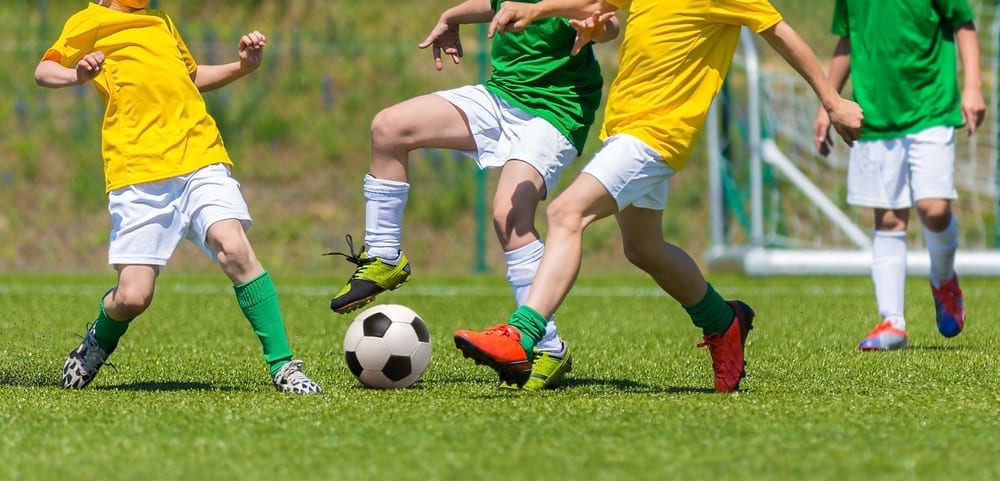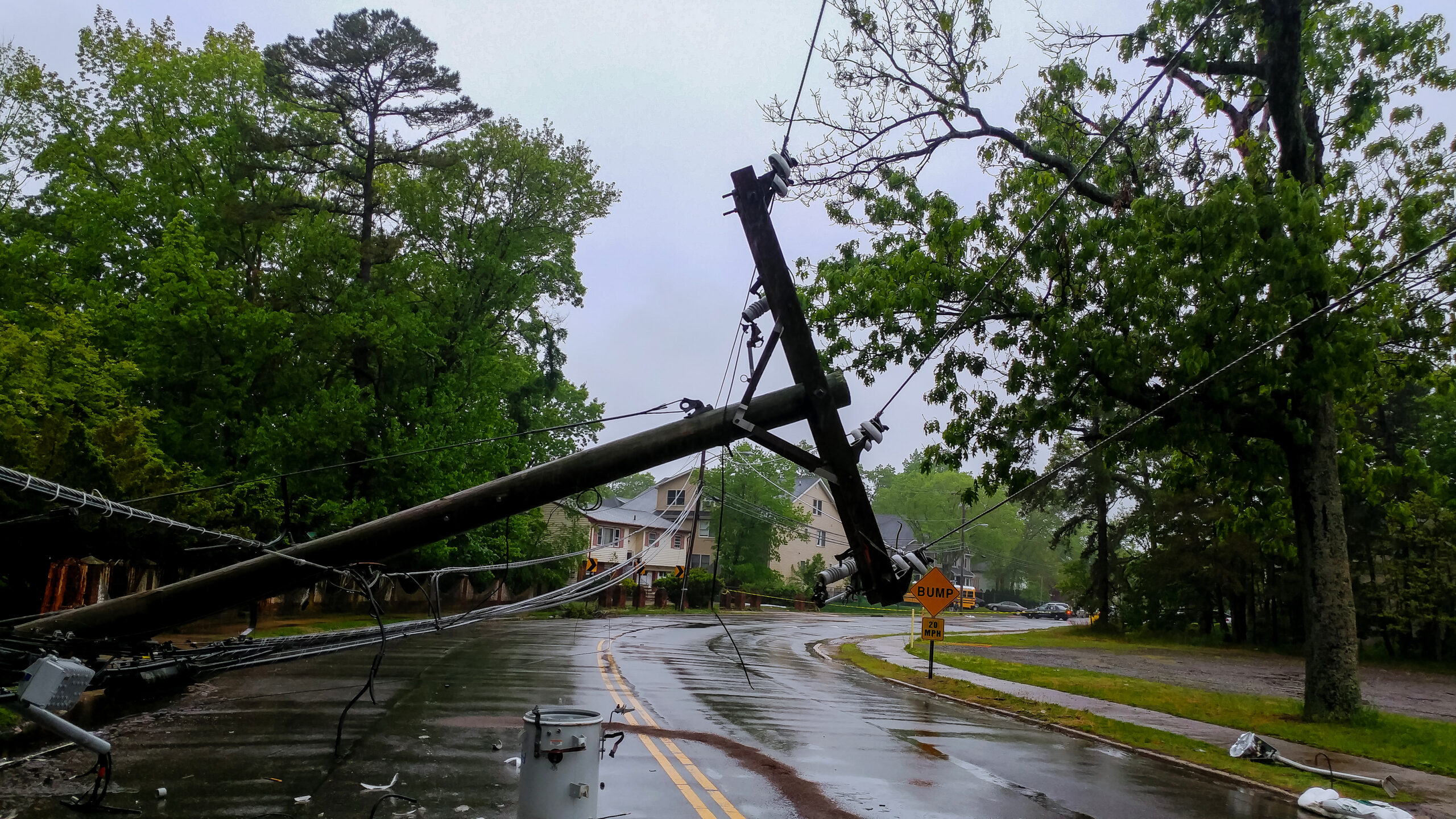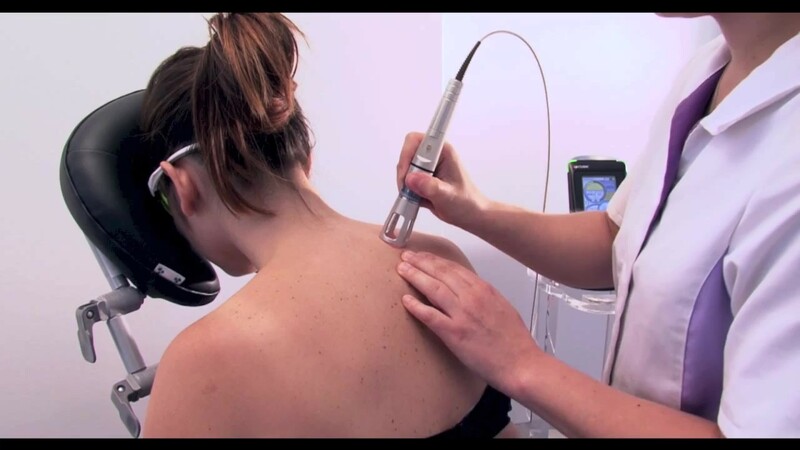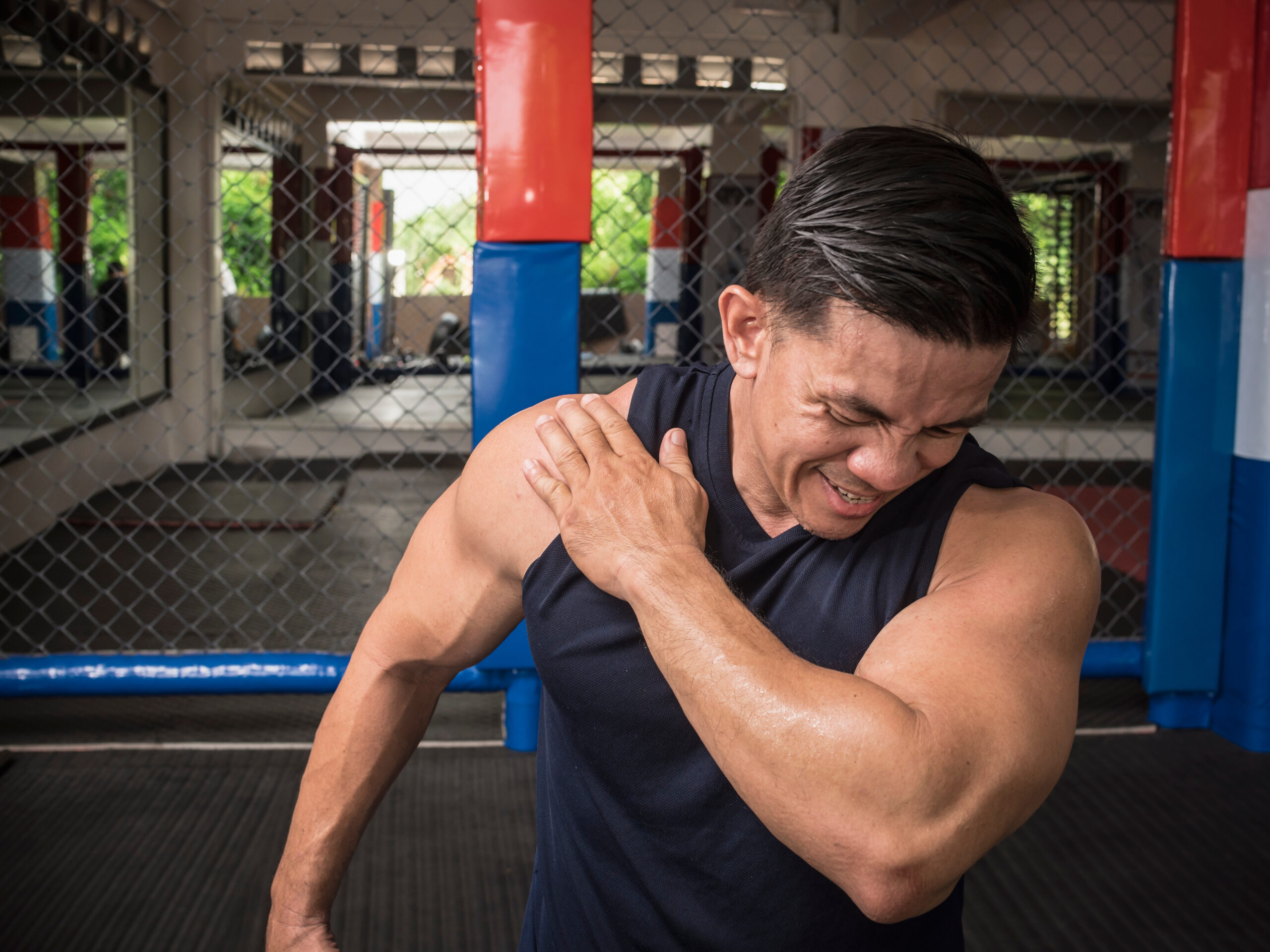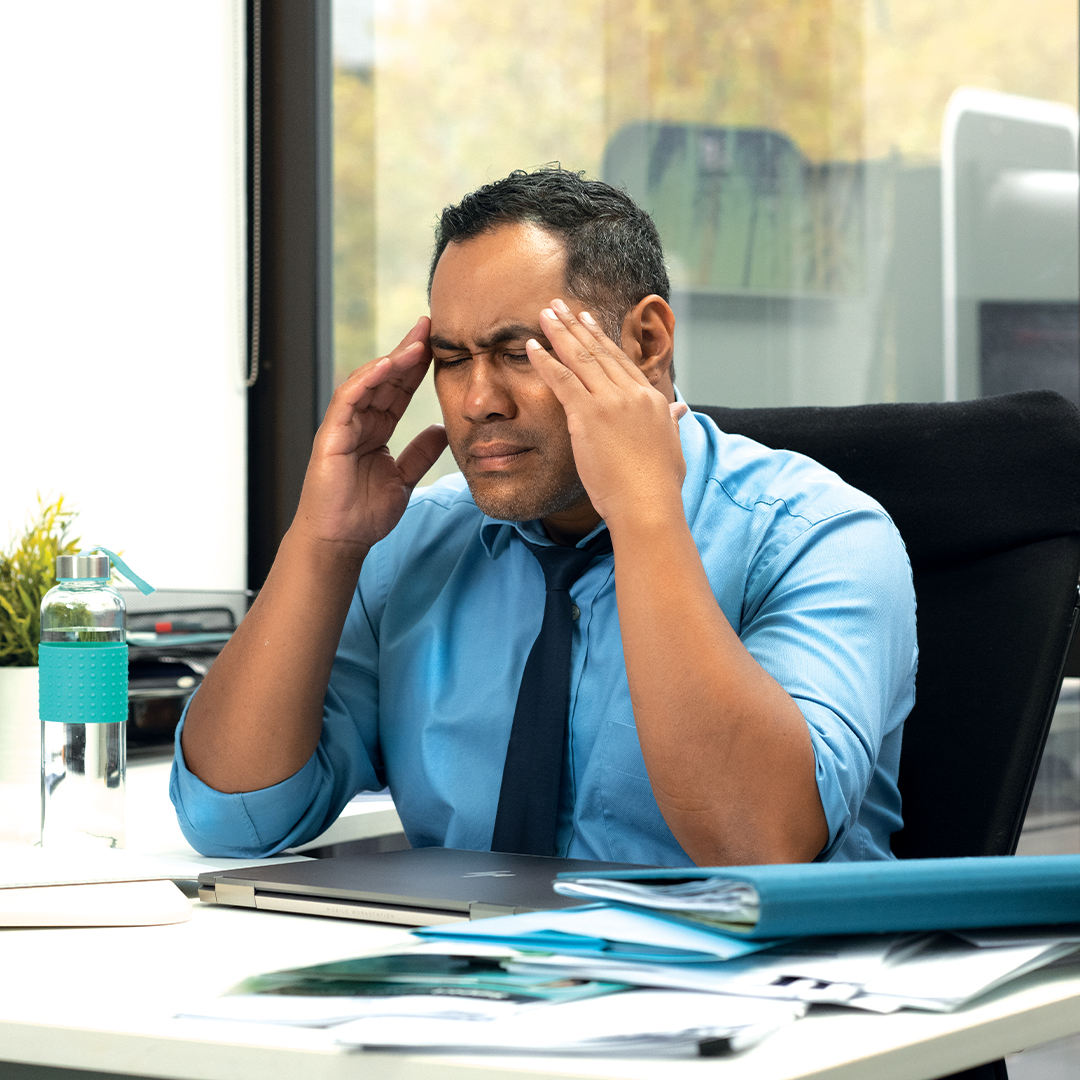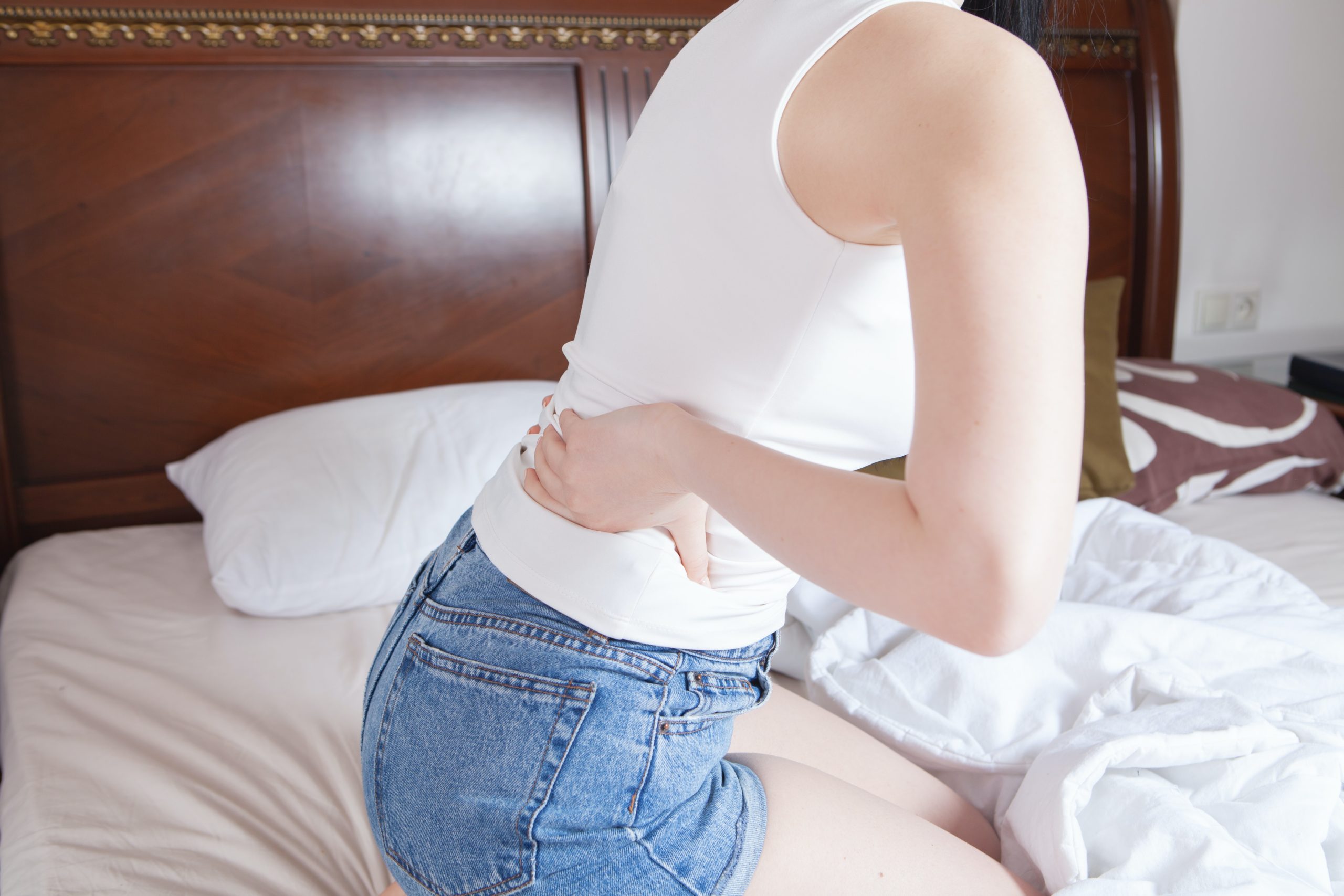By Peter Foley (Registered Podiatrist)
It is not uncommon for enthusiastic adolescent athletes in late primary school and early high school to experience significant pain in their heels when participating in sport. The most common cause of heel pain in patients of this age is calcaneal apophysitis (sometimes called Sever’s syndrome).
What is Calcaneal apophysis?
Calcaneal apophysitis is an inflammation of the growth plate inside the heel bone. This growth plate appears at around age 6 to 8 and closes at around 13 for girls and 15 for boys. The pulling of the Achilles tendon (and the muscles it attaches to, the gastrocnemius and soleus) is thought to create a shearing force across this growth plate, which is not as strong as the surrounding bone. These shearing or traction forces are increased in running and jumping sports.
Signs and symptoms
Athletes with this injury will typically start a training session or game feeling not too bad but will have an increase in symptoms as they run around. A period of rest followed by more running (half-time for example) will often cause a spike in pain. Symptoms may be short lived (a couple of weeks) or persist for over a year but it is a self-limiting condition (meaning it will settle down eventually when the heel bone matures).
In some cases the pain will cause the young athlete to limp and they may need to cease the activity. The pain will often persist as a dull ache for several hours after exercise. Walking with a normal gait may be possible, but the child may often walk around on tippy toes to avoid landing on his or her heels. While calcaneal apophysitis can affect just one foot in about 60% of cases it affects both sides.
Diagnosis
While diagnosis can often be made from clinical presentation, a podiatric examination can help ensure that the sore area is indeed the apophysis. We can also help screen for other possible causative factors such as restrictions in ranges of motion and muscular weakness and tightness. Additionally, there is some suggestion in the literature that biomechanical alignment may play a role in the development of calcaneal apophysitis and our podiatrists can also assess this.
X-rays are not required in the diagnostic process as normal and sore calcaneus look exactly the same on imaging, but an x-ray may be used to rule out other possible pathologies if appropriate.
Treatment
Treatment for Sever’s is broadly aimed at symptom management as we cannot speed up the rate of closure of the growth plate. However we can aim to reduce overuse in the first place and also settle down the heel when it is sore.
When the heel is sore ice is often the most effective anti-inflammatory agent and is best applied as soon as possible. Having the icepacks in the esky ready to be applied on the car trip home can be used to reduce symptoms later in the afternoon.
Reducing overuse injury can be achieved in a number of ways and whenever possible we want to keep the young person on the field participating in their sport. We can work on calf stretching/massage to relax the often tight muscle. Cushioning innersoles can also be used to reduce impact forces and taping can be used in this manner also. If appropriate moulded or contoured innersoles can be used to alter the biomechanics of the feet and reduce the traction forces.
What next?
If your child is suffering heel pain or other lower limb issues, our experienced and caring podiatrists are here to help. Book an appointment, or call Spine Sport Feet clinic on (07) 5580 5655.
